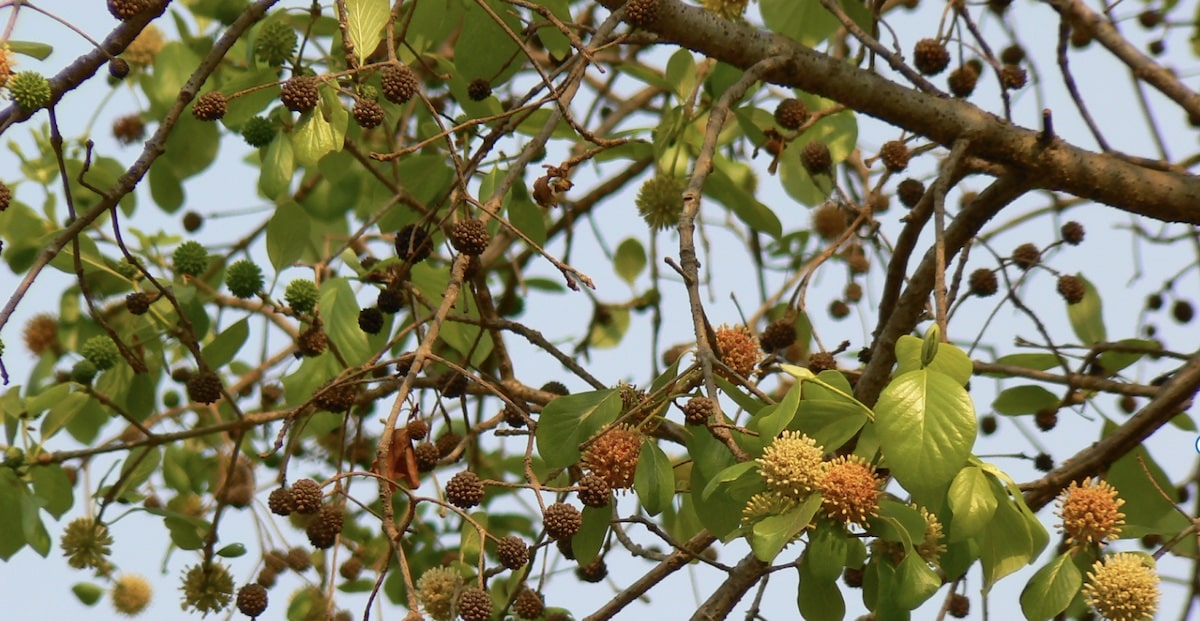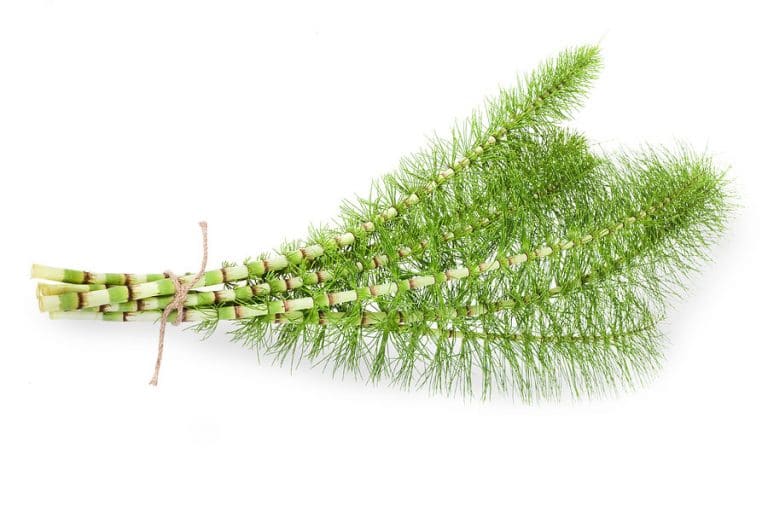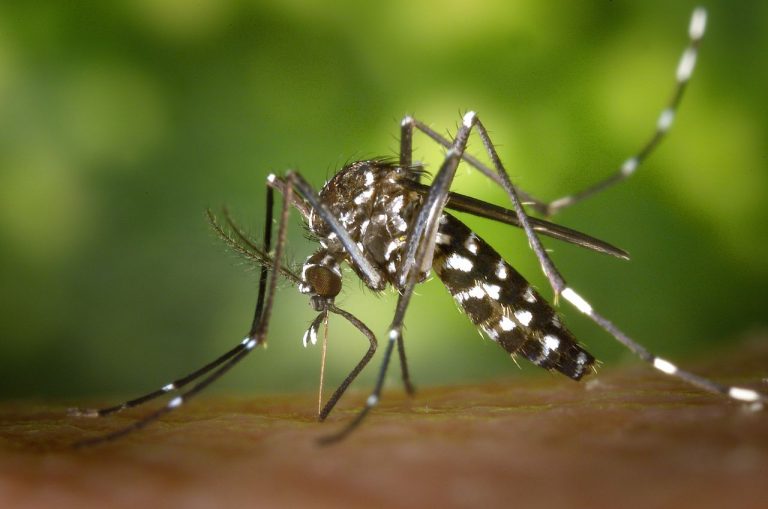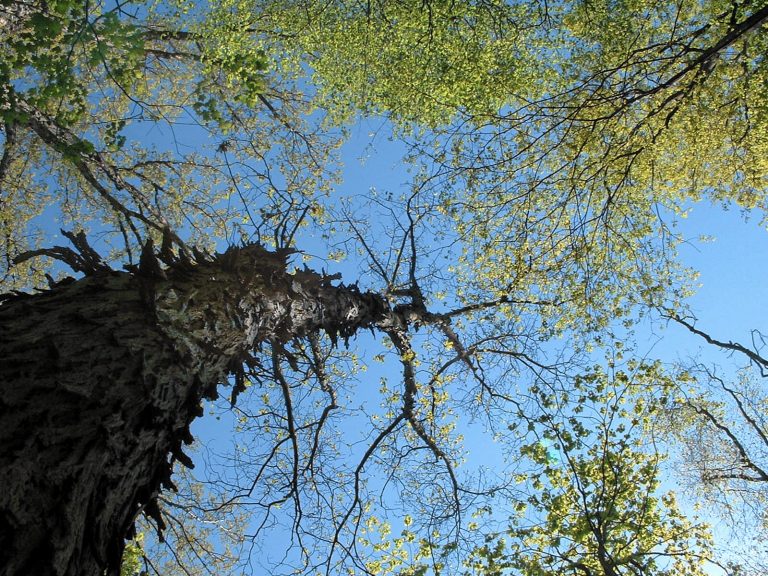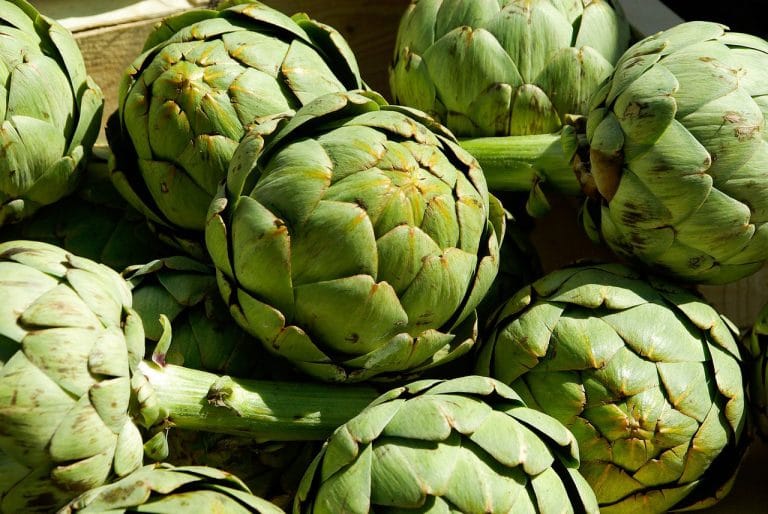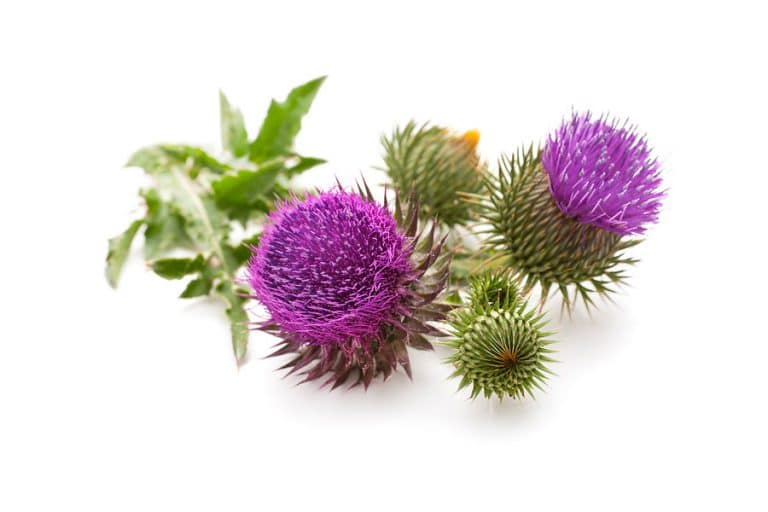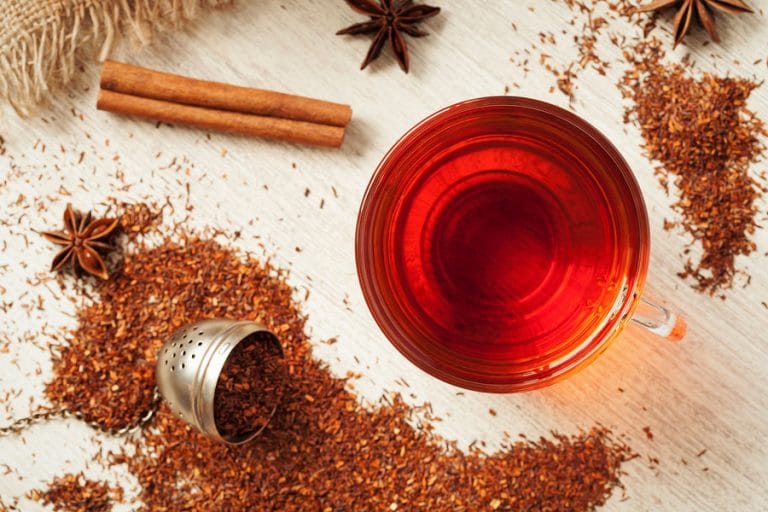What Climate Is Best for Growing Kratom?
Scientific Classification
Mitragyna speciosa is a tropical evergreen tree that belongs to the coffee family. Southeast Asian locals have used the plant as a traditional medicine for centuries. As the popularity of the herb is growing, kratom enthusiasts are now interested in cultivating it themselves.
| Kingdom: | Plantae |
| Clade: | Tracheophytes |
| Clade: | Angiosperms |
| Clade: | Eudicots |
| Clade: | Asterids |
| Order: | Gentianales |
| Family: | Rubiaceae |
| Genus: | Mitragyna |
| Species: | M. speciosa |
| Binomial Name: | Mitragyna speciosa |
Reputable companies like www.kratomcountry.com sell the tree’s leaves as a fine powder or in capsules. Through their love for the botanical, some consumers want to go a step further on their wellness journey and supply their own daily kratom dose.
Are you interested in making your thumb a little greener? Read on for some valuable information on how to grow kratom and what you should know to be successful.
Anatomy
Kratom trees are recognizable by their large, bright green foliage that has sharp veins on the bottom. The leaves are keel shaped and come to a single, sharp point. These blades grow in pairs and can reach up to seven inches long and four inches wide.
The plant has a single trunk that splits into several secondary branches, forming a broad, rounded crown. Smooth, grayish-brown bark covers these stems, with trees growing up to 80 feet tall in their natural habitats. They’re usually cultivated to a height of 30 feet for easy harvesting.
Clusters of small, yellow flowers adorn the plants, which develop into round, woody fruit pods containing many tiny seeds. These blooms take several months to mature and turn brown, showing they’re ready for plucking.
Habitat
Mitragyna speciosa trees are native to Southeast Asia, particularly Thailand, Indonesia, and Malaysia. Kratom grows in tropical regions with a hot, humid climate, well-draining soil, and high amounts of rain.
They’re mostly found in lowland rainforests, swamps, and along riverbanks where they receive a consistent moisture supply. The trees don’t tolerate colder temperatures, which can be detrimental to their health.
Growing at Home
It’s possible to cultivate the plant at home, although it could be challenging to provide the specific conditions the tree requires.
US kratom growing zones include areas 10 and 11, such as southern Florida and Hawaii, where the plant can survive outside. These regions have tropical climates with warm temperatures and high humidity that encourage the trees to thrive.
In other areas of the United States, kratom can grow in a greenhouse as long as you provide a temperature-controlled environment.
Keep in mind that the plant isn’t legal in all regions, so research the laws in your area before cultivating.
Soil
The ideal soil for kratom trees should have a pH range of 5.5–6.5, high humus levels, and be well-draining.
A mix including equal parts of peat moss, perlite, and vermiculite provides a suitable medium. These components hold moisture and improve aeration.
Should you want to grow kratom in a pot, ensure the container allows adequate drainage. It should also be large enough to accommodate the tree’s complex root network.
Planting
Kratom seeds must be fresh to germinate, and many of the products available in the US are already past their shelf-lives. Using clones is a more reliable way to propagate new trees.
Trim the cutting’s bottom leaves and make a fresh snip at the end of the stem before dipping it into rooting hormone. Make a small hole in your soil and bury the clone up to its first set of blades. Pack the soil firmly around it.
Watering
Before watering, check the soil moisture level by sticking your finger into the sand up to your first knuckle. Should it be dry at this depth, the kratom tree is ready for H20.
Never allow the soil surrounding your plant to stay consistently wet, as it could increase the risk of mildew developing.
It might also be beneficial to give your tree filtered or distilled liquid. Kratom is sensitive to the chlorine and other chemicals often found in tap water.
Care
Ensure your plant remains in warm temperatures of 70–90ºF, a high relative humidity, and bright, indirect light.
Fertilize your tree with balanced, slow-release nutrients that contain equal amounts of nitrogen, phosphorus, and potassium. Feed it every 2–4 weeks, depending on the plant’s development rate.
Regular pruning can help to promote bushier growth, but trim carefully, as a kratom tree is sensitive to stress and damage.
Pests
Kratom plants are susceptible to several pests, including spider mites, whiteflies, aphids, mealybugs. Inspect the leaves, stems, and branches of your tree for any holes or sticky residue to prevent infestations.
Remove any heavily affected foliage as soon as possible, and use organic control methods that won’t damage your kratom. An excellent option is to release ladybugs to reduce pests, as they create a healthy outdoor ecosystem.
Harvesting
Your leaves are ready for harvest after growing for around 6–12 months and reaching a dark green, glossy sheen. Red or brown veins also show the foliage is maturing and at a maximum potency level.
Cut the blades from the tree using clean, sharp scissors, as close to the base of the leaf as possible. Avoid tearing or pulling the foliage, which may damage your plant.
Harvest your leaves in small batches rather than all at once to ensure your tree remains healthy and continues to produce blades.
Uses
Kratom leaves contain various active ingredients, known as alkaloids, that produce stimulating or sedative effects. Common uses for the plant include relieving pain, reducing anxiety, and boosting energy and focus.
The tree also reportedly eases fevers and treats hypertension, diabetes, and gastrointestinal parasites.

Nato is a content writer and researcher with a background in psychology who’s eager to explore the wonders of nature. As a travel enthusiast and animal lover, she hopes to inspire others to discover and cherish the beauty and importance of the natural world.

